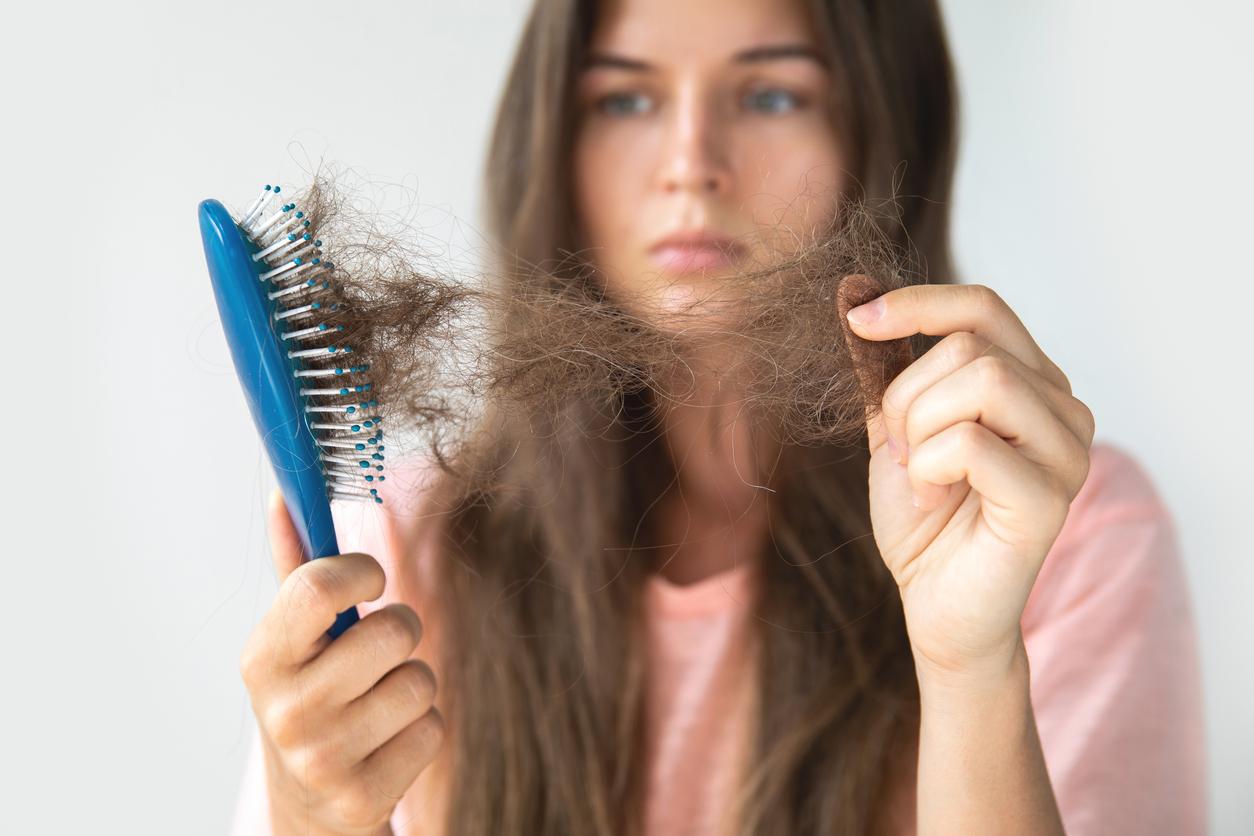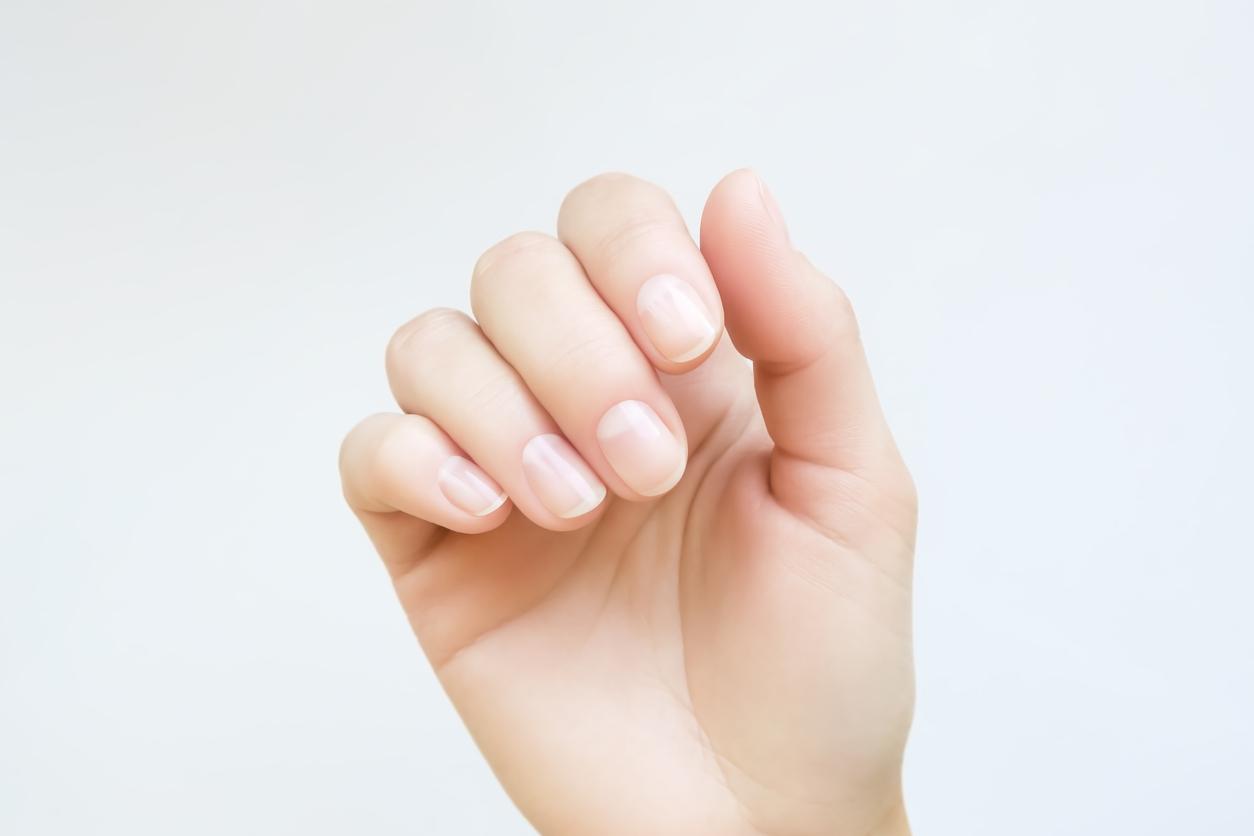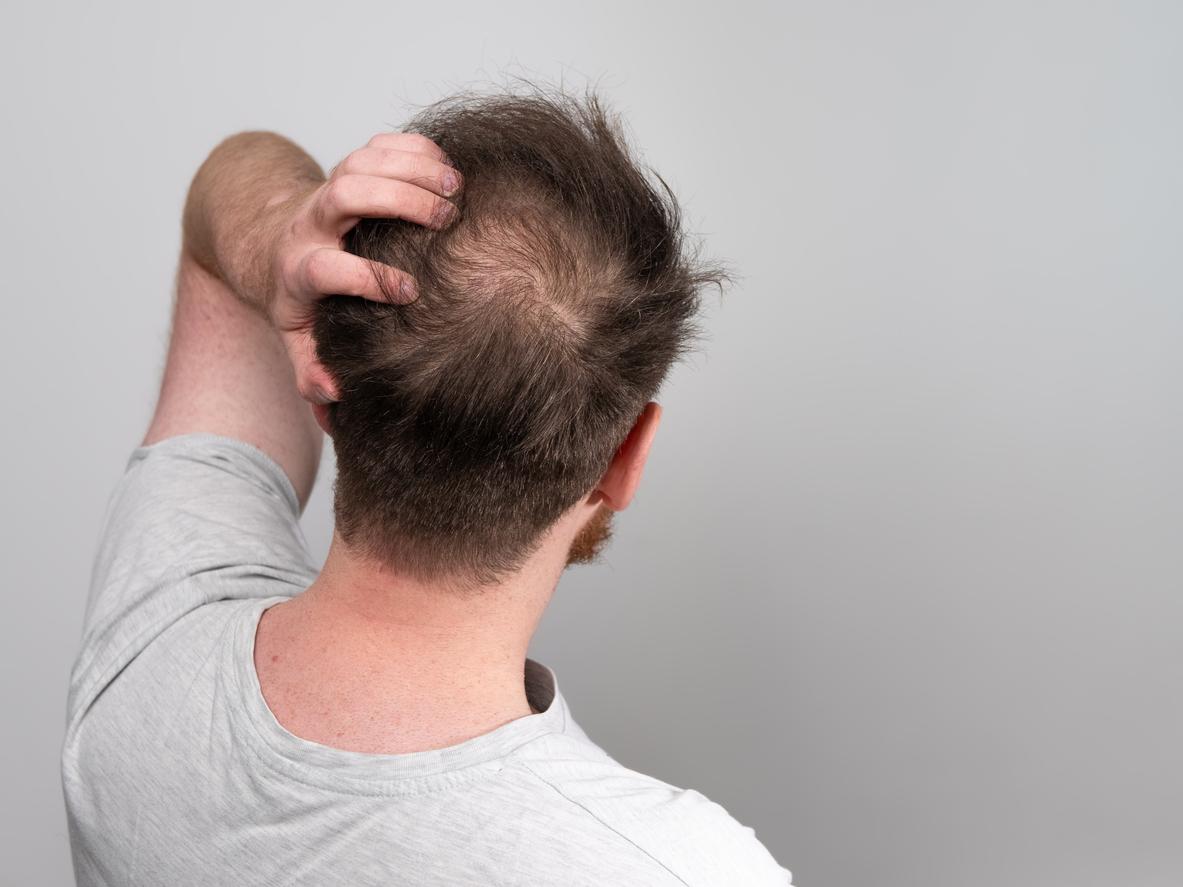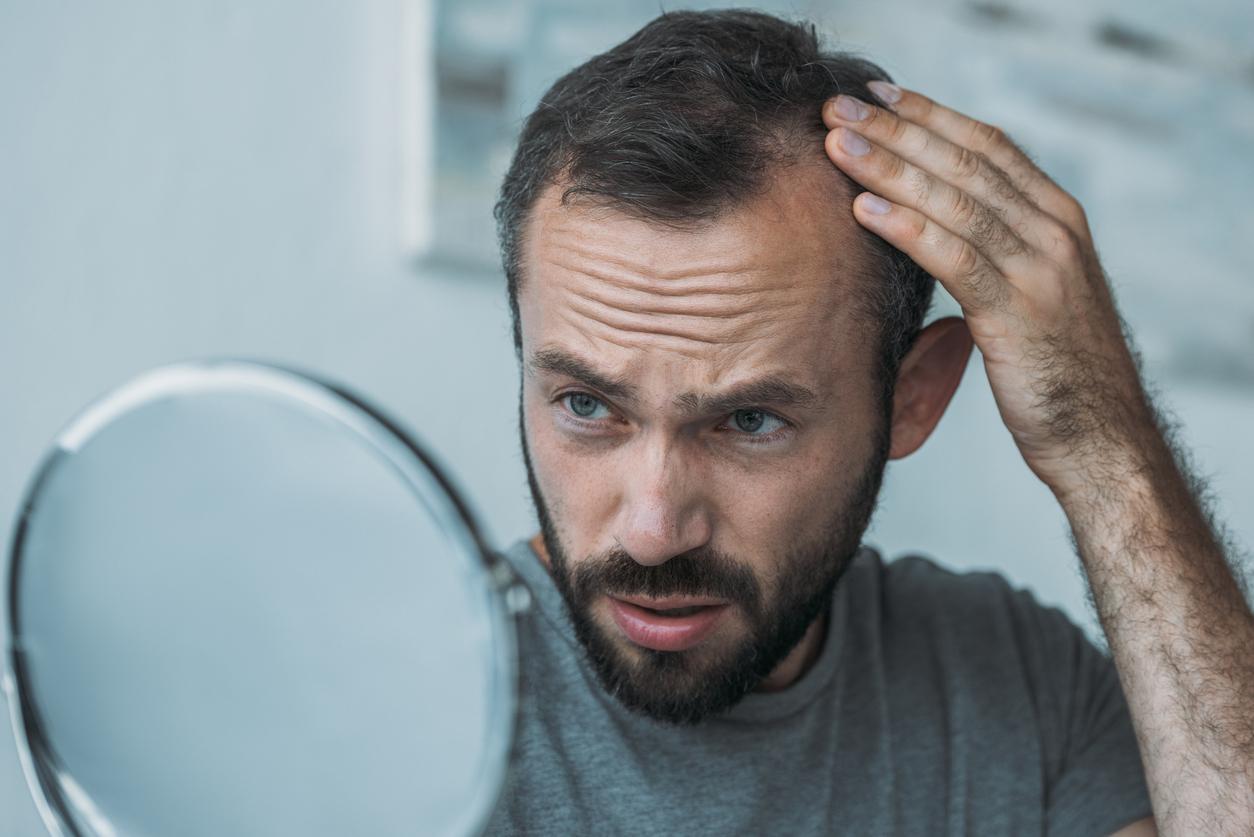Cinnamic acid, a compound in cinnamon, is proven to stimulate hair growth. It could become the basis of a treatment for alopecia.

- Treatments for alopecia can cause many side effects.
- Japanese researchers are working on a new drug based on cinnamic acid, a cinnamon compound.
- It would stimulate the growth of hair follicle cells.
Losing your hair is far from trivial. This can have significant psychological consequences. To reduce them, researchers are working on treatments for baldness and alopecia, an autoimmune disease that triggers hair loss. In Japan, a team discovered that cinnamon could become the basis of new medicines. In the specialist journal Scientific Reportsthey explain that cinnamic acid, a compound in cinnamon, has beneficial effects on hair loss.
Oxytocin, the target of future treatments against alopecia
“There are currently effective medications to improve certain symptoms of alopecia, they recall in the preamble. However, these medications often have side effects and their effectiveness can vary widely.” For this reason, this team from Yokohama National University was interested in other ways of managing the disease. First, they analyzed the effects of oxytocin, a hormone produced by the organism. If it is “promising” to promote hair growth in human hair follicles, it is too large to be absorbed through the skin and it breaks down too quickly to be used, they find.
Alopecia: cinnamic acid can “activate the expression of oxytocin receptors”
This led them to cinnamic acid: this small molecule is capable “to activate the expression of oxytocin receptors”. They found that cinnamic acid treatment led to an increase in the expression of oxytocin receptors. This allowed an increase in oxytocin penetration into the body, which triggered an increase in the expression of hair growth genes in human dermal papilla cells, the mesenchymal cells of hair follicles.
Future trials in mice to determine effective dosage of cinnamic acid
They made this observation after culturing dermal papilla cells at different concentrations of cinnamic acid. “At concentrations below 500 μg/mL, we observed a dose-dependent increase in the expression of oxytocin receptor and genes associated with hair growth“, indicates Tatsuto Kageyama, first author of this scientific article and assistant professor at the Faculty of Engineering of Yokohama. Thanks to a culture of hair follicles in the laboratory, they tested the effectiveness of this treatment. “When follicoids were cultured with cinnamic acid, a 1.25-fold increase in the length of the rod-like structures was observed.”, they note. Faced with these encouraging results, scientists are launching new work on mice to determine the effective dosage, possible side effects and above all to assess the potential for transdermal application, i.e. through the skin. Concretely, they will apply topical treatments based on cinnamic acid to mice with hair loss.















